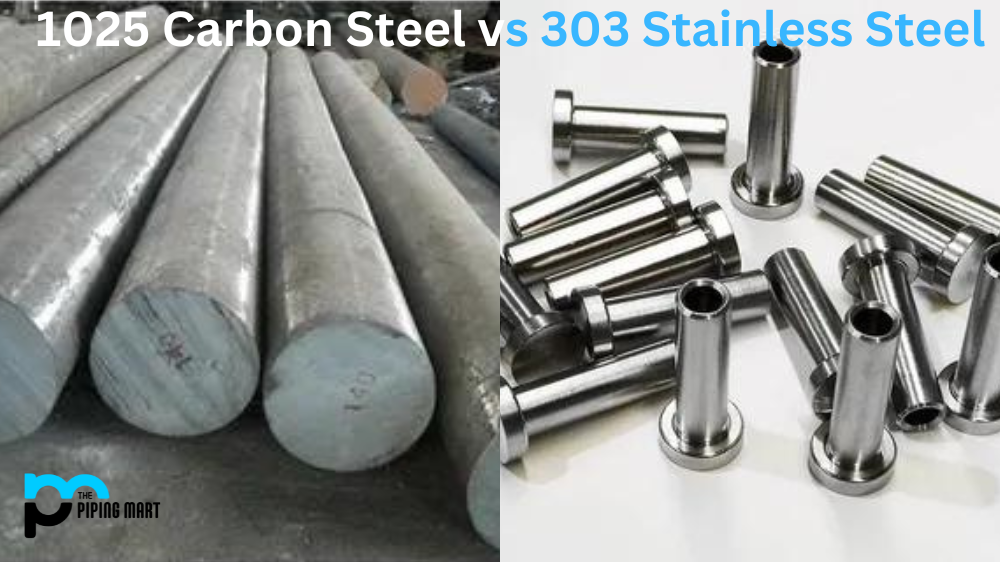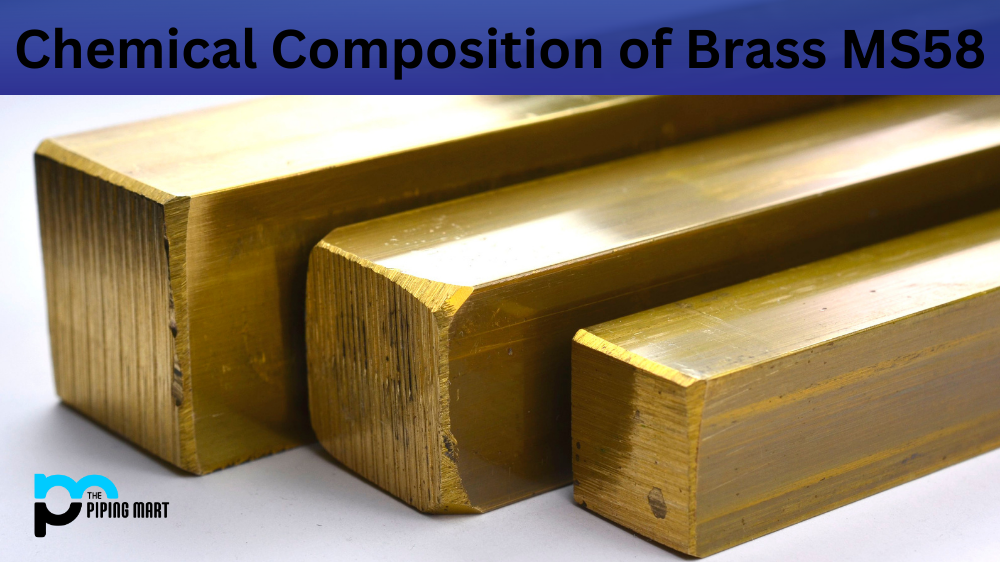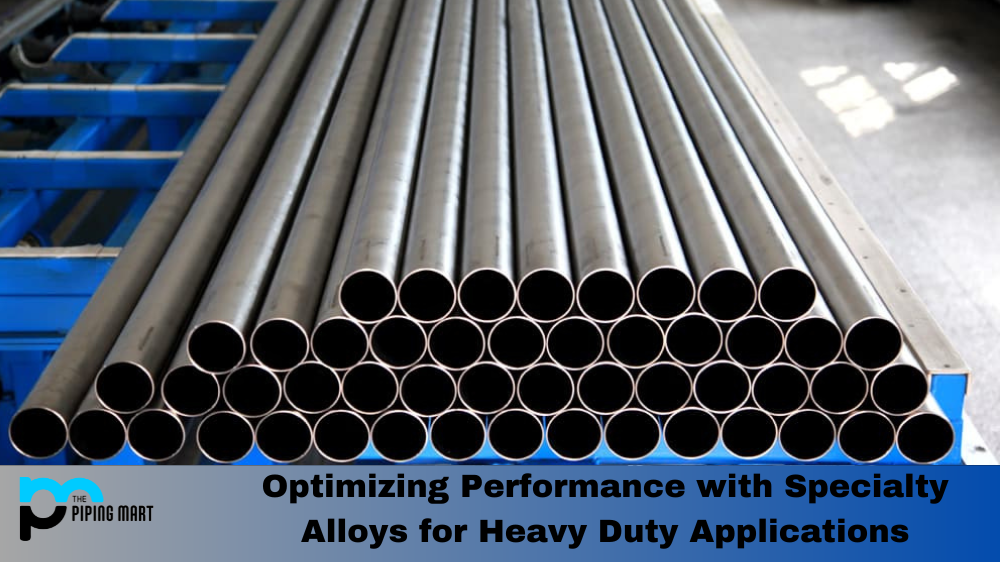If you’re involved in the manufacturing industry, you know the importance of choosing the right type of steel for different applications. Regarding steel grades, 1025 carbon and 303 stainless steel are the most commonly used materials. But what’s the difference between these two types of steel, and which one should you choose for your project? In this blog post, we’ll explore the similarities and differences between 1025 carbon steel and 303 stainless steel to help you make an informed decision.
Difference Between 1025 Carbon Steel and 303 Stainless Steel
Composition
Their composition is the primary difference between 1025 carbon and 303 stainless steel. The former is plain carbon steel containing 0.25% carbon and 0.60% manganese, while the latter is stainless steel with chromium and nickel (18% and 8%, respectively) and iron. These added elements give 303 stainless steel excellent corrosion resistance properties, which make it a popular choice for manufacturing various components for machines and equipment.
Strength and Durability
Regarding strength and durability, 1025 carbon steel is a clear winner. Its high carbon content makes it a strong material that can withstand wear and tear, making it an excellent choice for tools, gear components, and high-stress applications. 303 stainless steel, on the other hand, is not as strong as 1025 carbon steel, but its added corrosion resistance properties make it an excellent choice for components that are exposed to harsh environments.
Machinability
When it comes to machinability, 303 stainless steel is the better choice. Thanks to its composition, it is more accessible to machines, makings it a popular choice for manufacturing complex components and parts requiring high precision. 1025 carbon steel, although more vital, is much harder to machine due to its hardness, which can lead to increased tool wear and tear.
Hardness
1025 carbon steel is a medium-carbon steel with a hardness of 50-60 HRC, while 303 stainless steel is a martensitic steel with a hardness of 45-50 HRC. This difference in hardness means that 1025 carbon steel is easier to machine and forge than 303 stainless steel.
Corrosion Resistance
303 stainless steel has better corrosion resistance than 1025 carbon steel due to its higher chromium content. Chromium is an element that forms a thin, protective oxide layer on the metal’s surface, which helps prevent corrosion.
Weldability
1025 carbon steel is more weldable than 303 stainless steel due to its lower carbon content. Carbon is an element that can cause welding difficulties due to its tendency to form embrittlement zones in the weld area.
Heat Treatment
1025 carbon steel can be heat treated to achieve various properties, while 303 stainless steel cannot be heat treated due to its high chromium content. This difference means that 1025 carbon steel can be customized to meet the specific needs of a given application, while 303 stainless steel cannot be modified as easily.
Cost
Finally, the cost is significant when choosing between 1025 carbon steel and 303 stainless steel. The former is much cheaper, making it an ideal choice for budget-constrained projects and applications requiring a high strength-to-cost ratio. On the other hand, 303 stainless steel is the preferred choice for applications that require high resistance to corrosion and oxidization, but its cost can be prohibitive.
Conclusion
Choosing between 1025 carbon steel and 303 stainless steel can be rugged, but weighing each material’s strengths and weaknesses against your project’s requirements can help you make an informed choice. While 1025 carbon steel is more robust and cheaper than 303 stainless steel, the latter offers better corrosion resistance and machining properties, making it a better choice for some projects. Ultimately, the decision depends on your project’s needs and budget, but knowing the differences between the materials can help you make a more informed decision.

A passionate metal industry expert and blogger. With over 5 years of experience in the field, Palak brings a wealth of knowledge and insight to her writing. Whether discussing the latest trends in the metal industry or sharing tips, she is dedicated to helping others succeed in the metal industry.




